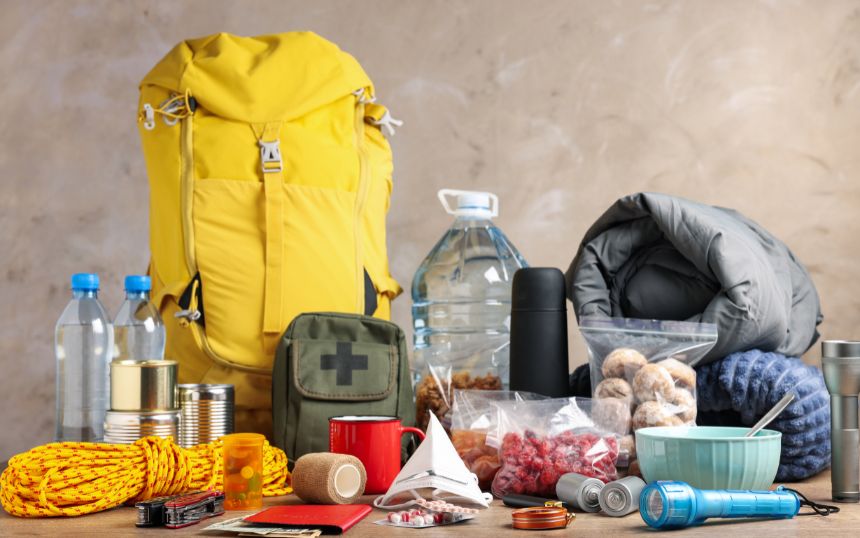
Emergency Safety Kit
Emergency Safety Kit: Essential Components for Safety Preparedness
In any environment, especially in workplaces and public spaces, preparedness for emergencies is crucial. An effective emergency safety kit should include a variety of tools and equipment to ensure the safety and well-being of individuals. Below, we expand on the key components of an emergency safety kit.
1. Gas Mask Respirators
Importance of Gas Mask Respirators – Gas mask respirators are essential for protecting individuals from inhaling harmful airborne substances during emergencies, such as chemical spills or fires. These masks filter out toxic gases and particulate matter, ensuring that users can breathe safely.
Features to Consider
– Filter Types: Ensure the respirator has appropriate filters for specific contaminants.
– Fit and Comfort: A proper fit is crucial for effectiveness; masks should be comfortable for extended wear.
– Durability: Choose masks made from high-quality materials that can withstand various conditions.
2. Head to Toe Safety Equipment
Comprehensive Protection
Head to toe safety equipment includes a range of personal protective gear designed to shield individuals from various hazards. This equipment is vital in minimizing injuries during emergencies.
Key Components
– Helmets: Protect against head injuries from falling debris.
– Eye Protection: Goggles or face shields to guard against chemical splashes and flying particles.
– Protective Clothing: Fire-resistant suits, gloves, and boots that offer protection from heat, chemicals, and sharp objects.
3. Breathing Apparatus
Vital for Oxygen Supply
Breathing apparatus systems are critical in situations where air quality is compromised, such as in smoke-filled environments or areas with toxic fumes. These devices provide a reliable source of breathable air.
Types of Breathing Apparatus
– Self-Contained Breathing Apparatus (SCBA): Ideal for firefighting and rescue operations, providing a portable air supply.
– Air-Purifying Respirators (APR): Suitable for environments with specific contaminants, filtering out harmful substances.
4. First Aid Box
Accessibility and Availability
A well-stocked first aid box is a cornerstone of emergency preparedness. It should be placed in conspicuous locations on each floor and in the Fire Control Room, ensuring easy access during emergencies.
Essential Items to Include
– Bandages and Dressings: Various sizes for different types of wounds.
– Antiseptics: To clean wounds and prevent infections.
– Medications: Basic medications such as pain relievers, antihistamines, and burn ointments.
– Emergency Instructions: Clear guidelines on how to use the items in the kit and when to seek professional medical help.
Regular Maintenance
It’s crucial to regularly check and replenish supplies in the first aid box to ensure that all items are within their expiration dates and in good condition.
An effective emergency safety kit is an indispensable asset for any environment. By equipping individuals with gas mask respirators, head-to-toe safety equipment, breathing apparatus, and accessible first aid boxes, organizations can significantly enhance safety and preparedness. Regular training and drills should accompany these tools to ensure everyone knows how to respond effectively in an emergency.




